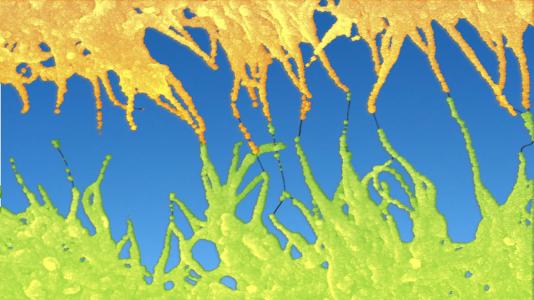- Method to Fabricate Portable Electron Source Based on Nitrogen Incorporated Ultrananocrystalline Diamond (N-UNCD) (ANL-IN-14-019)
This system was constructed as an alternative for detection of obscured objects and material. Depending on the geometry of the given situation a flat-panel source can be used in tomography, radiography, or tomosynthesis. Furthermore, the unit can be used as a portable electron or X-ray scanner or an integral part of an existing detection system. UNCD field emitters show great field emission output and can be deposited over large areas as the case with carbon nanotube “forest” (CNT) cathodes. Furthermore, UNCDs have better mechanical and thermal properties as compared to CNT tips which further extend the lifetime of UNCD based FEA.
Benefits
- Prototype based on nitrogen incorporated ultrananocrystalline diamond film
- Emission current densities of the order of 6mA/cm2 could be obtained at electric fields as low as 10 V/lm to 20V/lm




